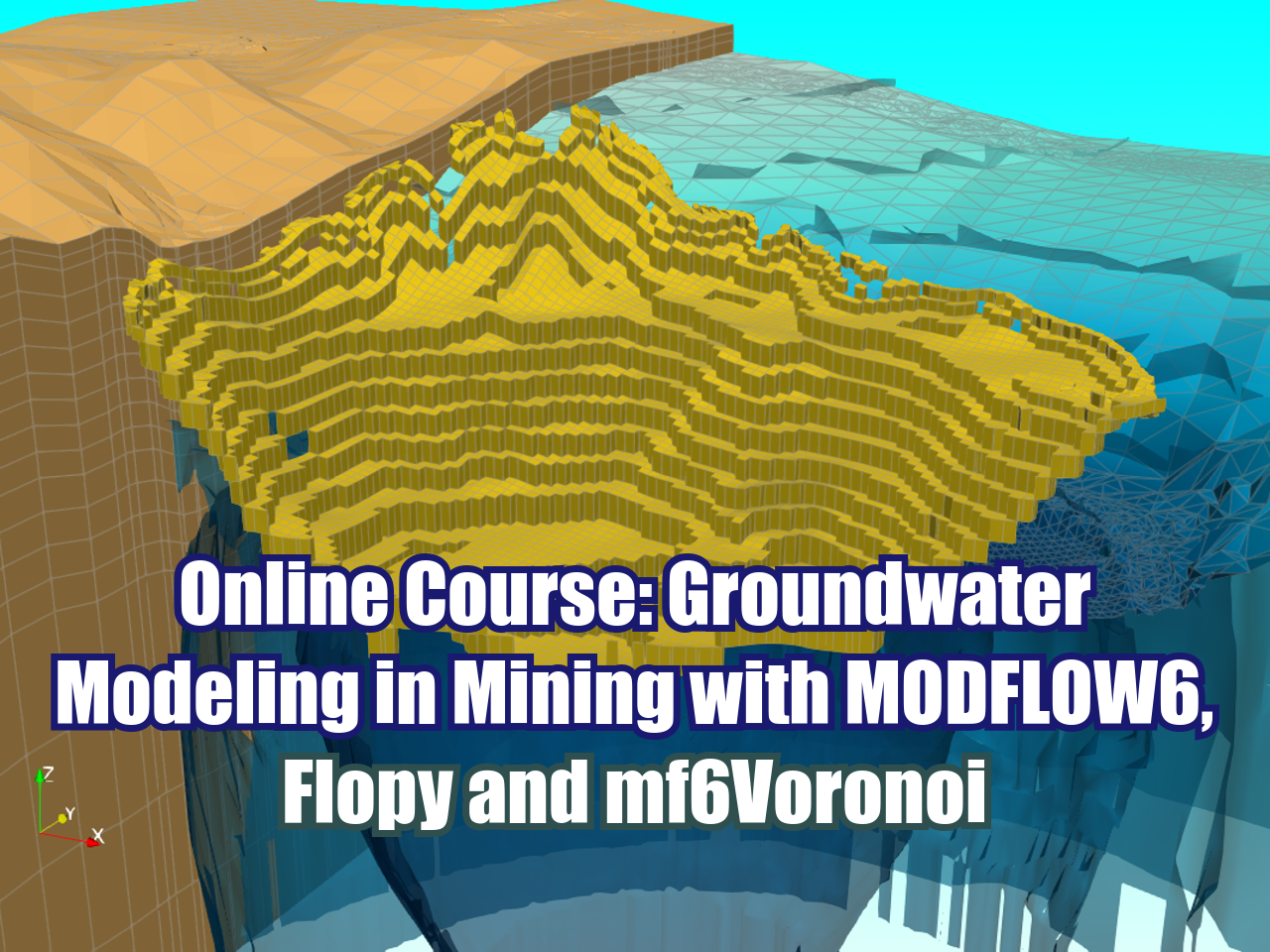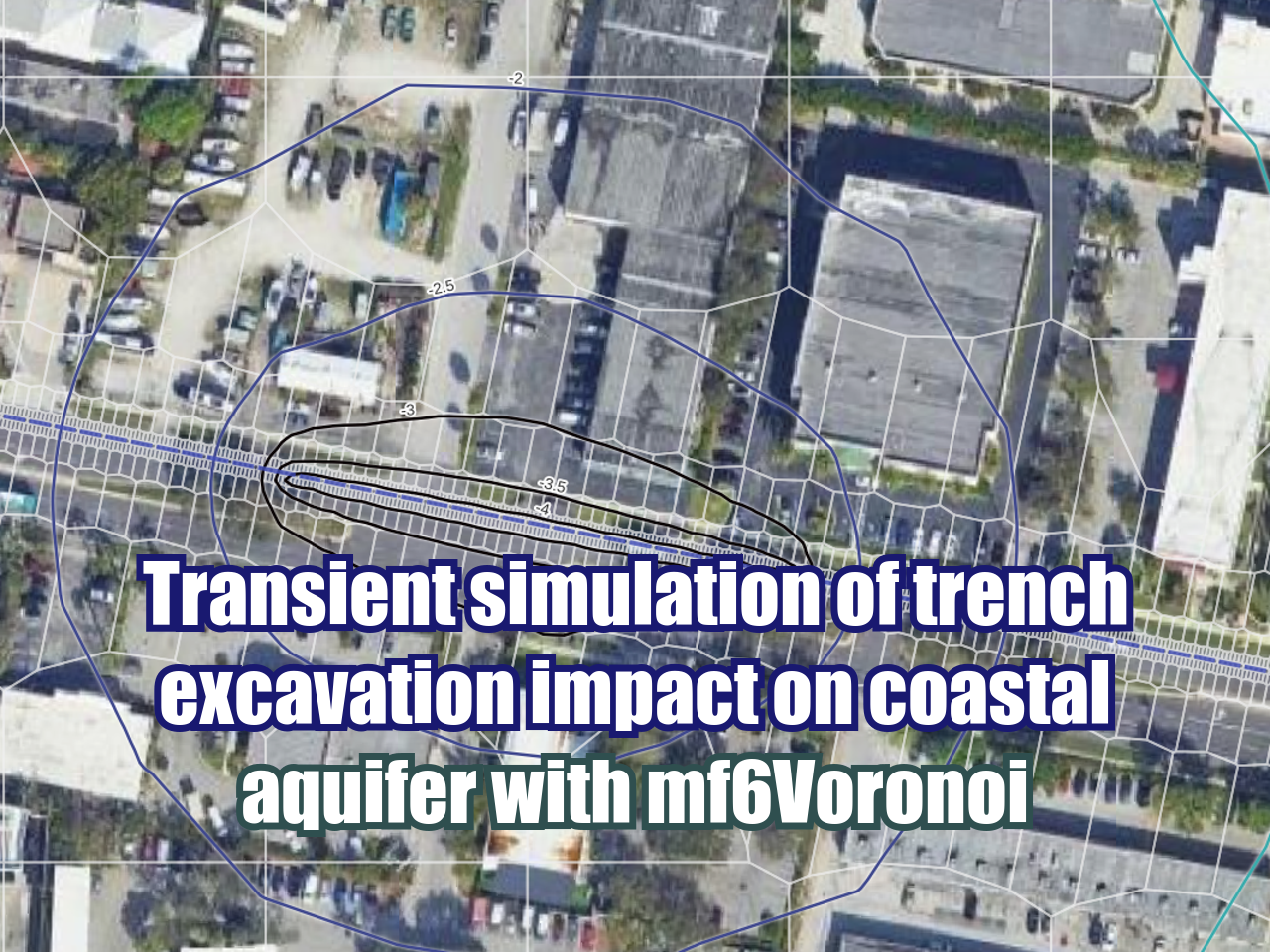Groundwater seepage from a water reservoir modeling with Modflow6 and mf6Voronoi - Tutorial
/Applied case of local groundwater modeling based on a regional groundwater flow to evaluate the interaction of the water reservoir with the groundwater flow system and the seepage rate from the reservoir. The model runs on steady state and shows the procedure to modify original/final surfaces without error on layer thickness.
Read More























